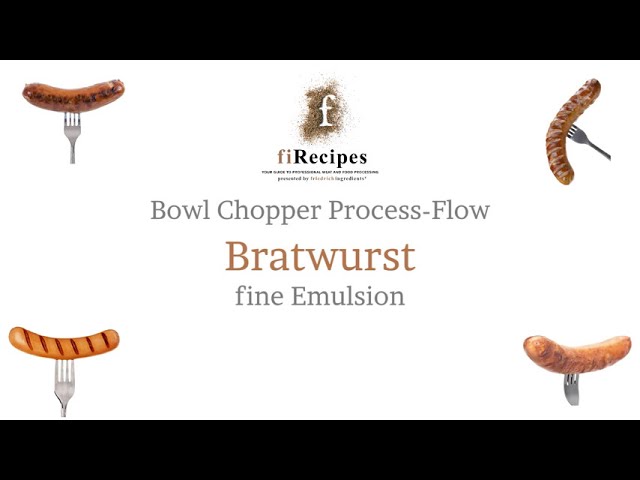10 years of experience as a food machinery equipment manufacturer
10 years of experience as a food machinery equipment manufacturer
The sausage chopper, often referred to as a meat grinder or mincer, is an indispensable tool for transforming cuts of meat into finely chopped or ground sausage filling. Understanding its basic operation and proper usage ensures efficient and safe results. This appliance works on a straightforward mechanical principle.

At its heart, a sausage chopper consists of a few key components working together. An electric motor (or manual crank) provides power. This motor rotates a spiral-shaped component called an auger, housed within a feeding tube or barrel. Meat pieces fed into the feeding tube are grabbed by the rotating auger and forcefully pushed forward through the barrel. As the meat advances, it encounters a series of cutting knives, typically one or two rotating blades situated just before a perforated plate, known as a die plate.
The force exerted by the auger compresses the meat against the stationary die plate. The sharp cutting knife(s), rotating against the die plate’s surface, shears the meat into small pieces. The size and shape of the holes in the die plate determine the fineness of the grind – smaller holes yield a finer texture, while larger holes create a coarser chop. The processed meat is extruded through these holes, ready for mixing with seasonings and casing.
Using a sausage chopper correctly is paramount for achieving the desired texture and maintaining food safety. Following these steps helps ensure optimal performance:
Regular maintenance ensures longevity. Periodically check cutting blades for sharpness and replace them if dull. Dull blades tear meat instead of cutting it cleanly, leading to smearing and poor texture. Lubricate moving parts like the auger shaft occasionally as per the manufacturer’s instructions, using food-grade lubricant if required. Critical safety rule: Never put hands or utensils other than the designated pusher into the feeding tube while the machine is operational. Ensure the machine is stable on the counter before starting.
By understanding the simple mechanics of a sausage chopper – the auger moving meat towards blades that shear it against a die plate – and meticulously following the preparation, operation, and cleaning steps, users can consistently produce high-quality ground meat and sausage filling efficiently and safely for culinary creations. Proper care and respect for the machine’s operation are fundamental to its effective use.
